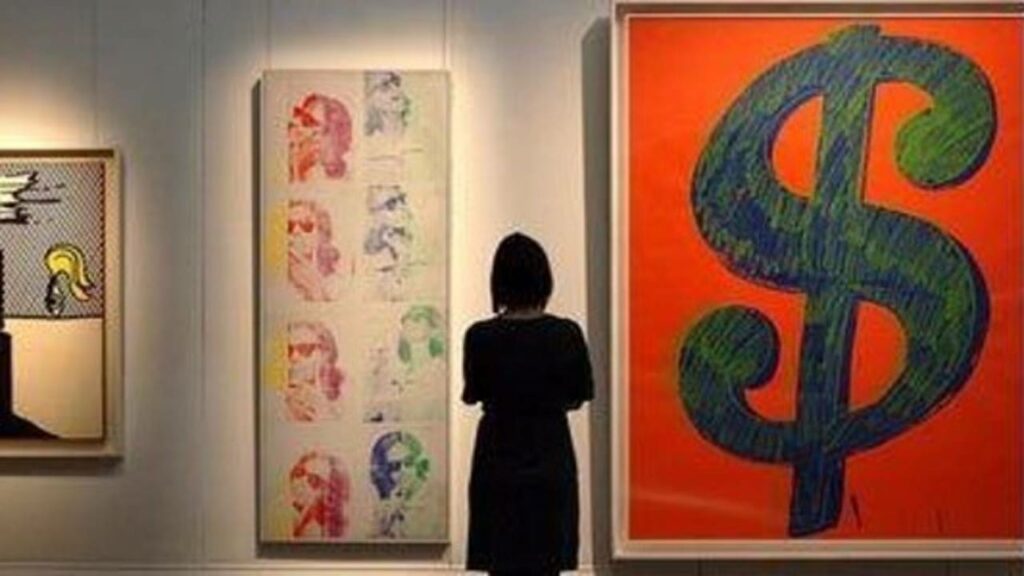If you’re passionate about creating art, you’ve likely considered selling it as a profession. Of course, becoming a professional artist and making a steady stream of income is challenging, even for the most talented and experienced artists.
There’s no step-by-step formula that can transform you into a popular and profitable artist, but with a few strategies, you can at least start the process of selling your art.
Master Your Art
The first step is to try and master your art, however you define it. Are you trying to become a master of a specific medium or technique? If so, you’ll want to advance as far as possible before you start selling. Professional artists with decades of experience sometimes have difficulty selling their work, so as an amateur with little experience, you’ll have a lot of fierce competition. If you’re new to an art form, or if you have lots of room to grow still, focus on improving your skills and techniques before you focus too much on selling.
Distinguish Yourself
There are millions of people trying to sell their art and make a name for themselves, and many of them will be occupying the same niche as you, creating art in the same mediums and forms. If you want any hope of selling a decent volume, you’ll need some way to distinguish yourself. What makes your work different than the work of your competitors?
Fortunately, there’s a lot you can do here. You could work with a different medium, use a different technique, explore different subject matter, or just present yourself with a different tone and overall “brand.”
Understand Your Product
You’re creating artwork, but what exactly are you selling? For example, let’s say you produce a high-quality color painting on a massive canvas. You can sell that physical painting for a massive profit, but that’s not the only way to make money from it. In addition to selling the original piece, you could sell color prints of your work, or print the image on other types of merchandise like mugs, air fresheners, or shirts. These secondary products may or may not align with your artistic vision, but they can often multiply the revenue you can generate from each new piece.
Get to Know Your Audience
Who is going to buy your art? This is an important question that’s almost impossible to answer without a bit of market research to back you up. Once you define your target demographics, ask yourself what art features or qualities are most important to them. What kinds of pieces are they most likely to buy? What kind of budget are they working with?
Tweak Your Creations
As an art purist, you may be only willing to produce the work that is meaningful to you. But if you want to sell art consistently, you’ll likely need to make a few compromises. Once you understand what types of products your target demographics buy regularly, you can tweak your creations to fit their needs. Sometimes, working with a different subject, or presenting your work in a new light is all it takes to instantly multiply your sales.
Establish an Online Presence
When you’re ready, you’ll need to establish an online presence, since working online is the easiest way to reach new people and make new sales. The two most important components of your online presence are your store and your core brand identity/portfolio. Your store is where customers will be able to see, review, and purchase your work. Your core brand identity will be where you talk about yourself and showcase what you do.
You may also want to build and nurture a social media campaign to market yourself.
Leverage In-Person Channels
Online marketing is a great way to start selling art, and if you use digital marketing strategies like SEO and paid advertising, you can grow your online channel faster. However, it’s also important to leverage in-person channels. Try to attend local art shows, conventions, and similar gatherings, and set yourself up as a vendor. It’s a great way to get more brand exposure and meet new people.
Network
Speaking of meeting people, make sure you expand your professional network as well. Meeting and talking to other artists will not only help you better understand and improve your own art—it could introduce you to new customers and new ways to sell.
Improving Over Time
Even if your work is masterful, you may struggle to sell your art reliably or in sufficient volume when you first begin. Instead, if you want to be successful, you’ll need to learn from your past mistakes, gather new information, and gradually tweak your approach. Just as you improved your abilities as an artist, you can improve your abilities as a businessperson.












